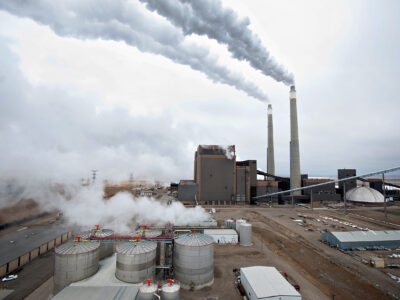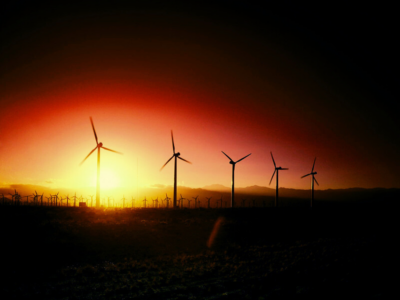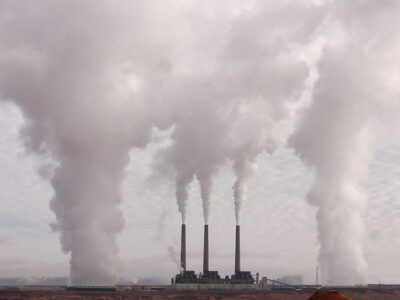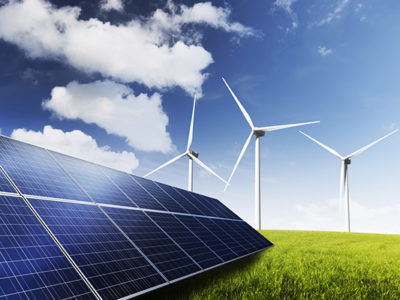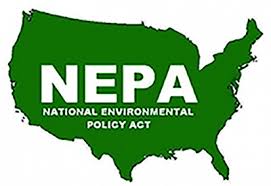Environmental Justice
Spewing Out Mercury
These three power plants cause a big share of America’s mercury pollution.
In Ireland, poor people used to burn peat from fuel. Barely a step ahead of that, some American power plants burn semi-fossilized peat (lignite) to run their generators. It turns out that those power plants produce about a third of all the toxic mercury emissions of the entire industry. Even more remarkably, about half of …
Continue reading “Spewing Out Mercury”
CONTINUE READINGIs the Inflation Reduction Act Working?
Enacted a year ago, the climate law is boosting EVs and clean-energy manufacturing. But there’s urgent work to be done on transmission siting and connecting communities with IRA funding.
Happy birthday to the Inflation Reduction Act. It’s been nearly a year since Democratic lawmakers and the White House celebrated the passage of the biggest climate spending legislation in American history. But in many ways passage was the easy part. Exactly how the IRA continues to be implemented at the local, state, and federal level …
Continue reading “Is the Inflation Reduction Act Working?”
CONTINUE READINGBiden’s Proposed Power Plant Rule is a Solid First Step
The electric power sector remains 30 percent of the nation’s carbon dioxide emissions, and this rule can incentivize the push towards renewables.
On May 23, the Environmental Protection Agency (“EPA”) proposed emission limits and guidelines for carbon dioxide from fossil fuel-powered plants. To avoid the same fate as the Obama Administration’s Clean Power Plan, which was struck down by the conservative Supreme Court in West Virginia v. EPA last year, the new draft rule does not determine …
Continue reading “Biden’s Proposed Power Plant Rule is a Solid First Step”
CONTINUE READINGComparing the Risks of Climate Change and Geoengineering
The OSTP has adopted a ‘risk-risk’ framing in its report on geoengineering research: will this help or hinder sound climate policy?
Last month’s report on solar geoengineering research from the White House Office of Science and Technology Policy (OSTP) consolidated a shift in the discourse on this controversial technology. Over recent years advocates for more research have increasingly adopted a ‘risk-risk’ framing. As Gernot Wagner puts it in ‘Geoengineering: the Gamble’: “The decision is all about …
Continue reading “Comparing the Risks of Climate Change and Geoengineering”
CONTINUE READINGGovernor Newsom’s CEQA Bills Could Be a Modest Step in the Wrong Direction
Governor Newsom’s CEQA trailer bills probably won’t do much. But his heavy-handed rhetoric foreshadows a larger anti-CEQA push that should worry communities that rely on California’s premier public participation statute.
Speaking to Ezra Klein in late June, Governor Gavin Newsom hearkened back to the California of the 1950s and 1960s: “People are losing trust and confidence in our ability to build big things. People look at me all the time and ask, ‘What the hell happened to the California of the ‘50s and ‘60s?’” Governor …
Continue reading “Governor Newsom’s CEQA Bills Could Be a Modest Step in the Wrong Direction”
CONTINUE READINGNot Just About the Climate
The benefits of the energy transition transcend climate.
The main reason to control carbon is to protect the climate. But cleaning up the energy system has plenty of other benefits. Those benefits will flow to people in rural areas as well as urban ones, to national security and international development, and to nature itself. To begin with, there are the health benefits of …
Continue reading “Not Just About the Climate”
CONTINUE READINGWhat Happened During the Montana Youth Climate Trial
The state argued that Held v. Montana is a boring case about procedure. The kids made a compelling case that climate action is part of Montana’s constitutional obligation to maintain a healthy environment.
The very first American trial of a youth climate lawsuit was hardly blockbuster Court TV, but we learned a lot from the proceedings. The bench trial took place last month in the state capitol, Helena, where 16 youth plaintiffs ages 5 to 22 made the case that Montana’s unwavering promotion of fossil fuels violates the …
Continue reading “What Happened During the Montana Youth Climate Trial”
CONTINUE READINGThe Riddle of the Maldives
The Maldives is one of the nations most vulnerable to rising sea levels. So, why is climate change not a topic of discussion here?
It was the site for one of the most iconic climate policy photos. In the run-up to the Copenhagen climate negotiations in 2009, President Mohamed Nasheed held a cabinet meeting in scuba gear 20 feet underwater to show what awaited the low-lying island nation of the Maldives if serious action were not taken to reduce …
Continue reading “The Riddle of the Maldives”
CONTINUE READINGMaking Building Decarbonization Work for LA Renters
A new UCLA report recommends policies to green existing buildings in a way that protects and supports residential tenants.
Los Angeles’ ambitious “Green New Deal” calls for, among other things, eliminating or offsetting building emissions and reducing building energy use by 44%, both by 2050. This is an impressive and ambitious target, and while the city has begun restricting some emissions from new buildings, it is still figuring out how to tackle the far …
Continue reading “Making Building Decarbonization Work for LA Renters”
CONTINUE READINGCEQ and Permitting Reform
The enactment of NEPA 2.0 presents a golden opportunity for the agency.
In the recent debt ceiling law, Congress extensively revamped NEPA, the law governing environmental impact statements. An obscure White House agency, the Council on Environmental Quality (CEQ), will have the first opportunity to shape the interpretation of the new language. Much of the language in the new law is poorly drafted or vague, making CEQ’s …
Continue reading “CEQ and Permitting Reform”
CONTINUE READING




